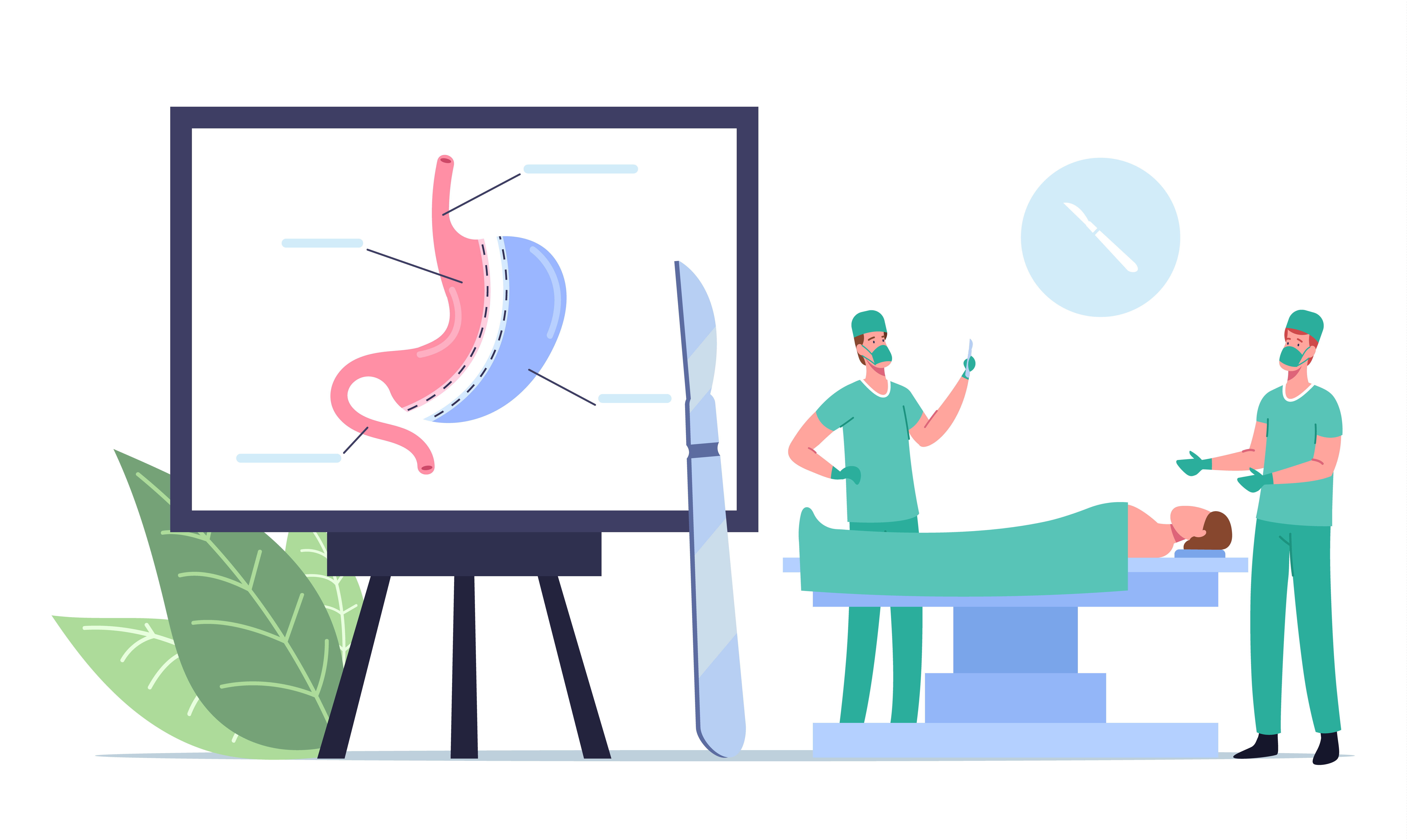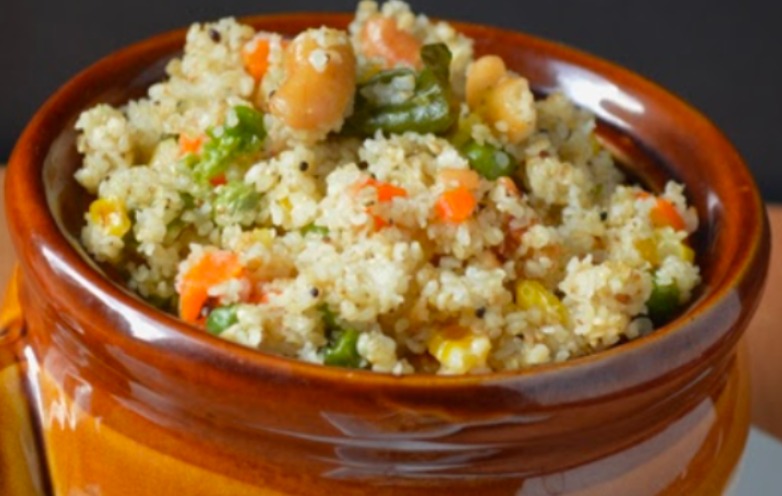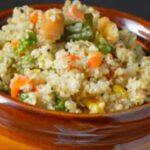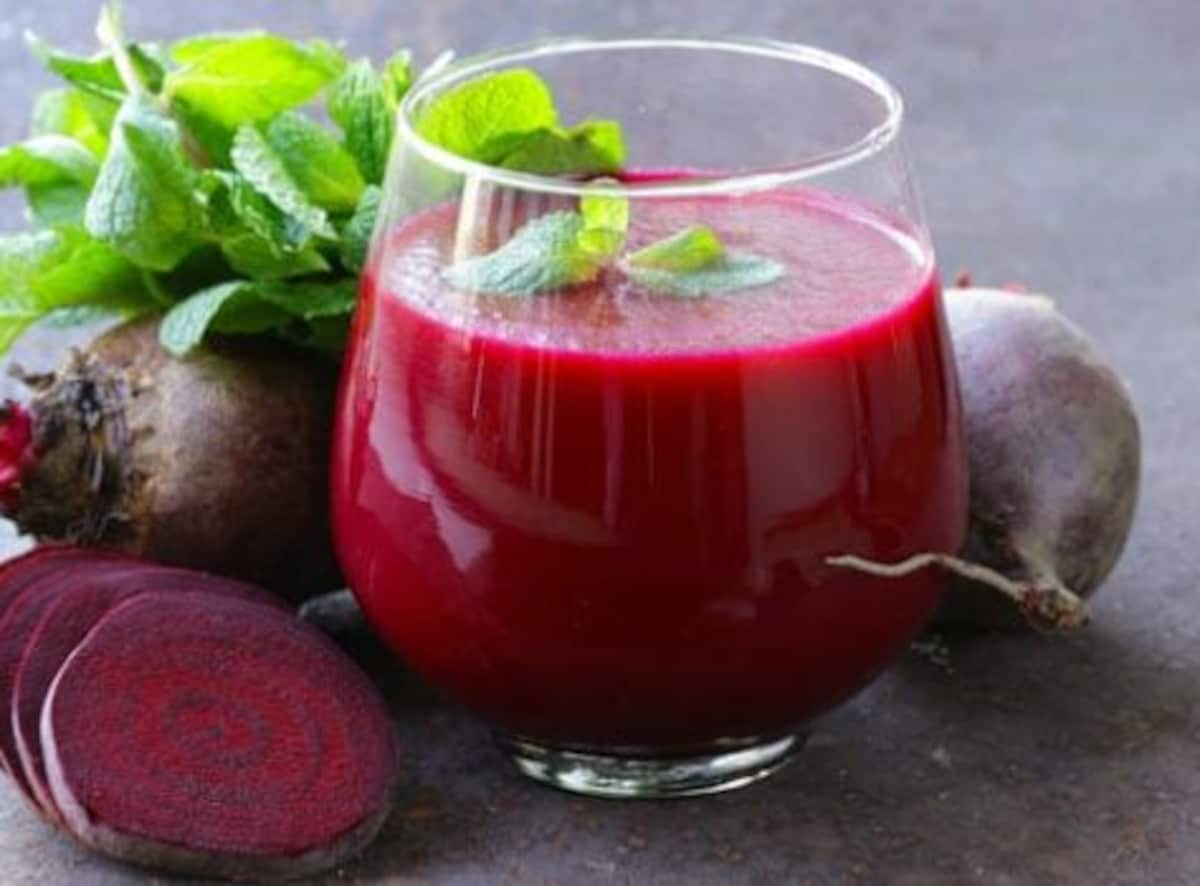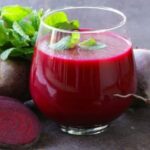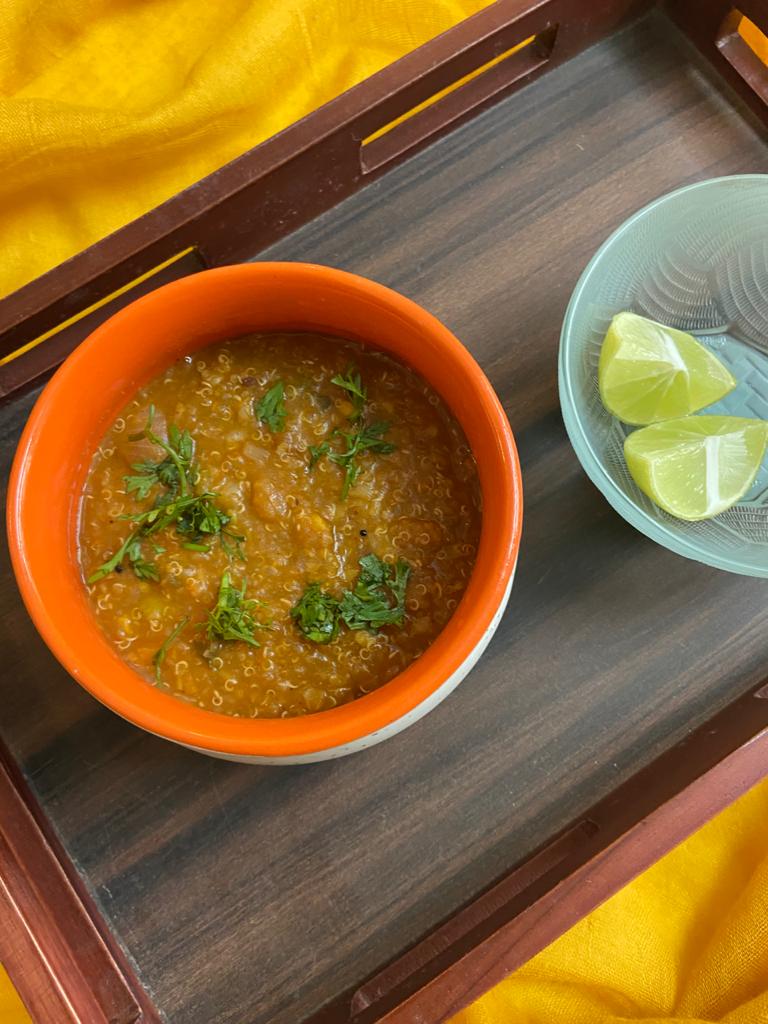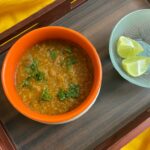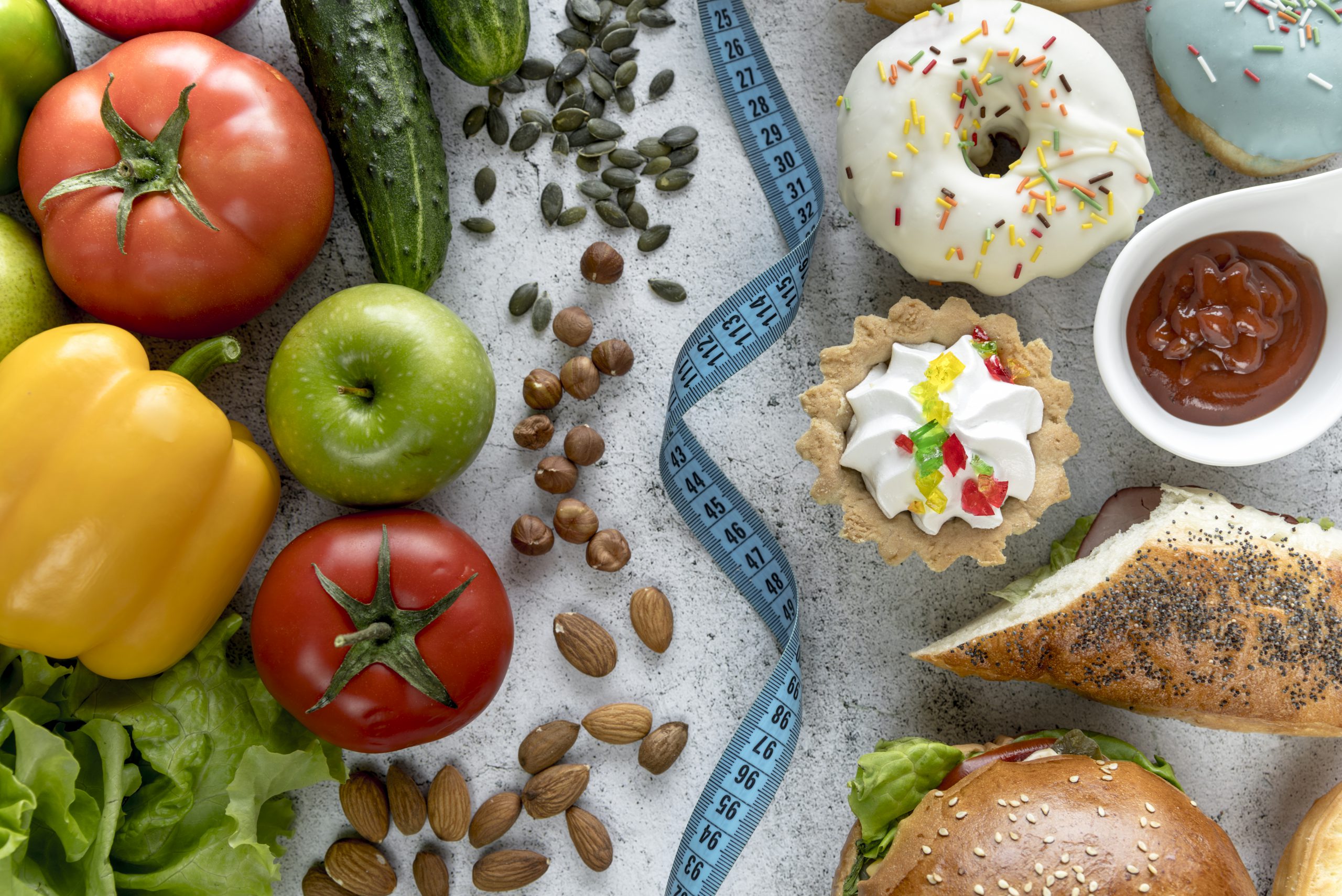Bariatric surgery offers a life-changing solution for individuals battling severe obesity, enabling significant weight loss. Before contemplating this procedure, it’s essential to grasp its various aspects, including types, benefits, potential side effects, and necessary post-surgery nutritional changes. This article provides a comprehensive overview of bariatric surgery, grounded in research and evidence-based information.
What is Bariatric Surgery?
Bariatric surgery, or weight-loss surgery, involves procedures on the stomach or intestines to help individuals lose weight by restricting food intake or nutrient absorption. It is typically recommended for individuals with a body mass index (BMI) of 40 or higher, or a BMI of 35 or higher with obesity-related health conditions like type 2 diabetes or high blood pressure.

Types of Bariatric Surgery
Several types of bariatric surgery exist, each with distinct benefits and risks, including:
- Gastric Bypass (Roux-en-Y): Creates a small pouch from the stomach, connecting it directly to the small intestine, bypassing a portion of the stomach and the first section of the small intestine.
- Sleeve Gastrectomy: Removes a large portion of the stomach, creating a sleeve-shaped stomach that restricts food intake.
- Gastric Banding: Involves placing a band around the upper part of the stomach, creating a small pouch to limit food consumption.
- Biliopancreatic Diversion with Duodenal Switch (BPD/DS): Removes a large portion of the stomach and reroutes the digestive tract to reduce nutrient absorption.
Benefits of Bariatric Surgery
Bariatric surgery offers several benefits, including:
- Significant Weight Loss: Most patients experience substantial weight loss, leading to improvements in obesity-related health conditions.
- Improved Quality of Life: Patients often report increased mobility, better self-esteem, and reduced depression and anxiety.
- Long-Term Weight Maintenance: Combining surgery with lifestyle changes can help maintain weight loss over time.
Side Effects and Risks
Despite its effectiveness, bariatric surgery carries risks, such as:
- Nutritional Deficiencies: Reduced food intake and absorption can lead to deficiencies in vitamins and minerals.
- Dumping Syndrome: Some patients experience symptoms like nausea, vomiting, and diarrhea.
- Gallstones: Rapid weight loss can increase the risk of gallstones.
- Complications: Surgical risks include infection, bleeding, and blood clots.
Nutritional Aspects
Post-surgery, patients must make significant dietary changes to maintain proper nutrition and weight loss, including:
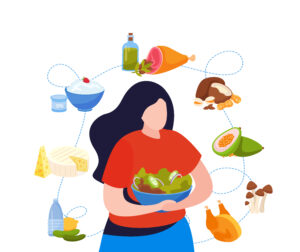
- High Protein Intake: Essential for muscle repair and growth, patients should consume lean meats, fish, eggs, and legumes.
- Vitamin and Mineral Supplements: Supplements like multivitamins, vitamin B12, iron, and calcium may be necessary to prevent deficiencies.
- Hydration: Adequate water intake is crucial for post-surgery recovery.
Conclusion
Bariatric surgery is a viable option for severe obesity, but it’s crucial to understand the risks and benefits. By being aware of the available surgeries, potential outcomes, and necessary dietary changes, individuals can make informed decisions. Consulting with a healthcare professional is always recommended before undergoing any surgical procedure.

